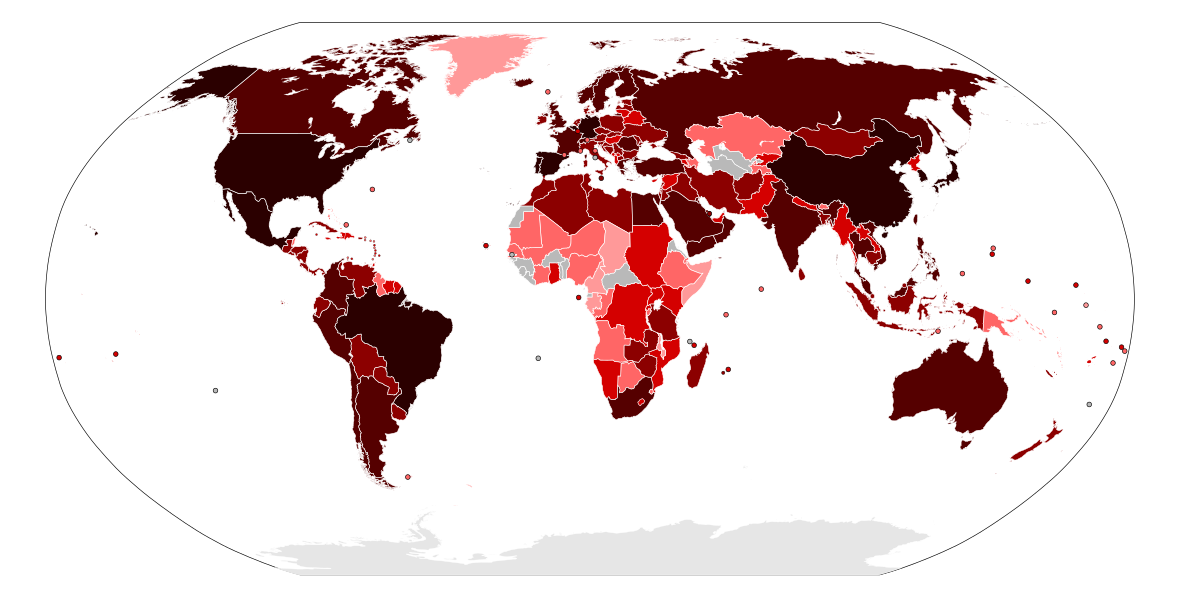- Feb 22, 2017
- 104,177
- 35,000
- 2,290
Five months into the swine flu here there was no rapid test for H1N1 and the tests they had were only 10-70% accurate depending on the test.-
How well can these tests detect the flu?
Rapid tests vary in their ability to detect flu viruses. Depending on the test used, their ability to detect 2009 H1N1 flu can range from 10% to 70%. This means that some people with a 2009 H1N1 flu infection have had a negative rapid test result. (This situation is called a false negative test result.) Rapid tests appear to be better at detecting flu in children than adults. None of the rapid tests currently approved by the Food and Drug Administration (FDA) are able to distinguish 2009 H1N1 flu from other flu viruses.
Will my health care pr
Are you aware that H1N1 killed about the same amount of people in a year as COVID-19 did in a couple of months before it even takes off?
Why, I remember a time when you guys were calling Obama a failure because of it. That was cute. What was H1N1's mortality rate anyway?
According to the CDC, H1N1 killed about 12,500 people in the US in that first year. They also estimate that between 151,700-575,400 people died worldwide in that first year. According to the latest numbers from worldometers coronavirus update, there are 41,400 deaths worldwide. I'm not sure where you're getting the idea COVID-19 has killed the same number as H1N1 did in a year, unless you are trying to compare numbers to years after 2009.
we will pass the 12,500 number by mid-April, at the latest if the current rate holds.




